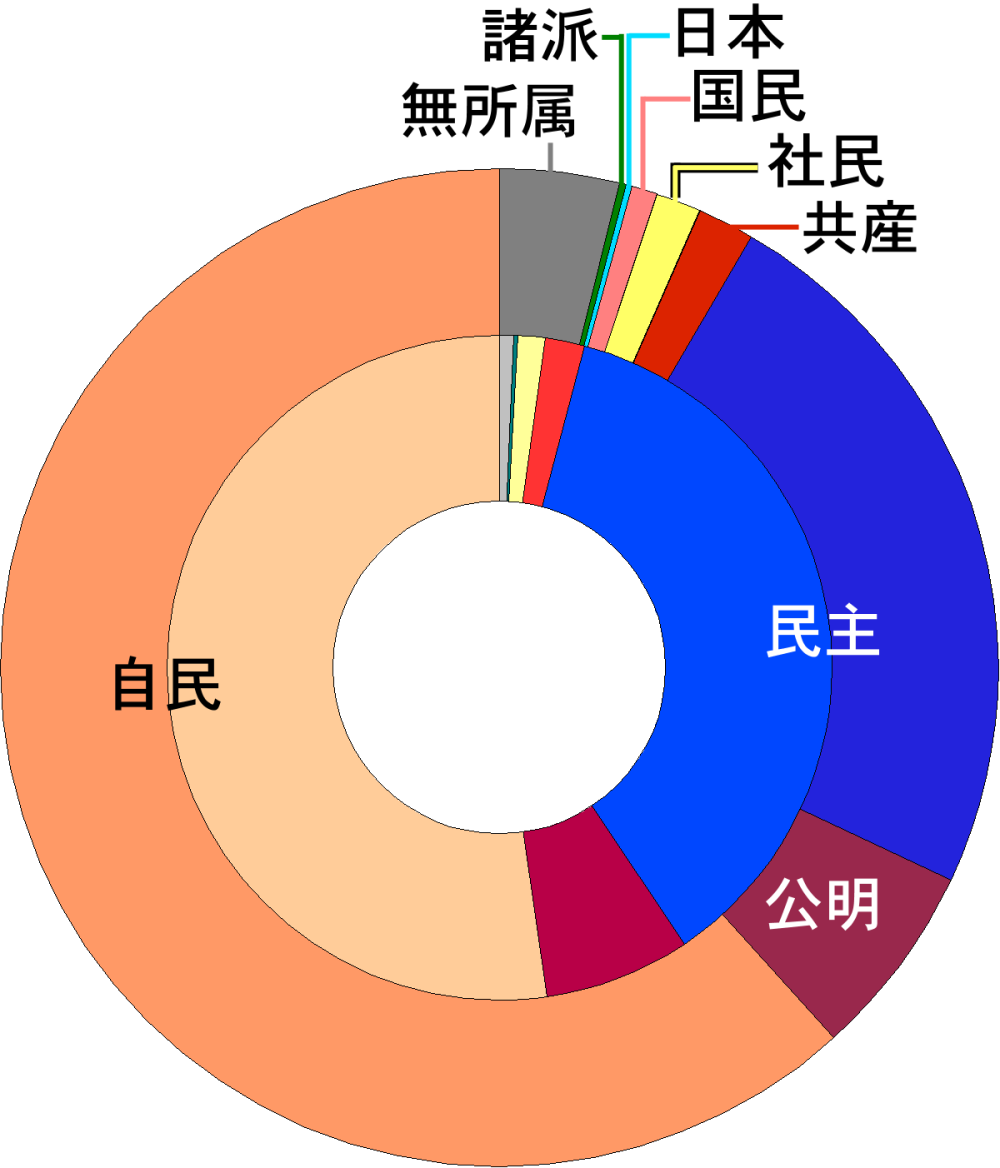
It was exciting to meet several leaders of Hitachi’s Environmental Strategy Office, who explained Hitachi’s leadership in corporate environmental management and in worldwide environmental standards through the IEC TC 111 ( International Electrotechnical Commission’s environmental standards). Across seven fields of business and products– including ICT, power, and high functional materials and components–Hitachi has developed its own IT system for tracking sustainability progress along eight criteria: resource reduction, longevity, recyclability, disassembly and disposal, enviornmental protection, energy efficiency, information provision, and packaging.

Beginning in 2009, Hitachi produces an annual Environmental Sustainability Report (2.05 MB download) separate from its Corporate Social Responsibility Report to provide greater transparency and details about its long-range goals and annual performance in preventing global warming, conserving resources, and preservation of ecoystem.
The complexity of Hitachi and its environmental goals are both staggering. As Hitachi and Japan seek to contribute to global environmental progress, they have identified a need to not only monitor the environmental impact of manufacturing and distribution, but to also create new global standards measuring indirect carbon emissions, or the environmental benefits achieved by their customers using new eco-products. As international governments move toward strong carbon emission agreements, knowledge and standards must continue to improve.

In addition to environmental management, Hitachi is also weighing the effects of energy change on its core businesses. One central research and strategy group shared with me a summary document exploring future scenarios and their implications. Without discussing the content, I am impressed by Hitachi’s mastery of this important strategic planning method, originally developed by Royal Shell. The scenarios guide immediate senior executive and business group decisions, with detailed metrics for continuous monitoring.
Several things struck me as particularly forward-looking in Hitachi’s Environmental Strategy Office: a vision of sustainability as a critical business opportunity, an appreciation of eco-diplomacy, an eagerness to measure the global impacts of corporate products and national technologies, the support from Hitachi’s most senior executives for comprehensive environmental change, and the emergence of cross-product focus on “social infrastructure” that include power, transportation, and information and communication technologies. One of the themes of Tokyo Green Space is global urbanization, and new, integrated approaches are essential for making sustainable both mature and emerging cities.
I was also very encouraged to hear that Hitachi is focusing on biodiversity as a new mid-term goal for the next 5 to 10 years. This movement from reducing negative effects to creating positive impacts strikes me as particularly visionary and capable of creating tremendous change. I can only imagine the challenge of promoting new visions of sustainability in a corporation with 1,100 companies, 10 trillion yen in revenue, and over 400,000 employees. My meeting convinced me that Hitachi has some of the smartest leaders working on environmental management.

